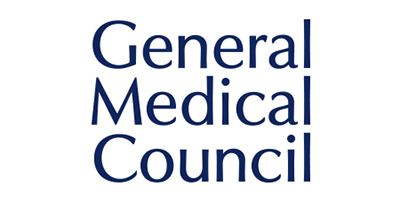Dupuytren's Contracture
Dupuytren’s Contracture
Dupuytren’s Contracture is a benign thickening of the deep tissue of the palm and fingers. it usually starts as a nodule in the palm and if progresses, it can cause contractions of the fingers. It usually affects the ring and little fingers, but may affect other fingers (or thumbs) of either hand. Not all patients will develop contractures and some may need monitoring only.
Causes
There is no known cause for the contracture, although in a small percent it may be inherited. It may also be noticed after an injury to the hand, in some diabetics, epileptics and in some individuals with liver disease. It is not related to alcoholic intake.
Treatment options
If palm/finger nodules are painful, a steroid injection may help. Surgery is available if the hand function deteriorates. It is done as a day case.
Collagenase injection (Xiapex)
Unfortunately, this is no longer available in Europe.
Needle fasciotomy (also known as PNF)
This is a local anaesthetic procedure, when the cord of disease is divided with a thin needle, releasing the contracture but does not necessarily straighten it. It is a quick and simple procedure with minimal downtime, however it has a high recurrence rate (85%, 5 years after surgery) and is much higher than other surgeries below.
Fasciectomy
This involves the removing the affected tissue to correct the bent joints. The entire wound is then stitched up in a ‘zig-zag’ manner. The operation is performed as a day-case under an anaesthetic numbing the entire arm or a general anaesthetic maybe used. This procedure has a recurrence rate of 35% at 5 years.
Dermofasciectomy
In some cases, the skin is involved with the disease and it is necessary to remove both. The skin may also be removed if the disease has recurred after previous surgery or in younger patients (20-40 yrs) who have aggressive disease. If there has been recurrence after a simple fasciectomy, a dermofasciectomy may be advised.
The removed skin is replaced by skin from the elbow or groin crease. A splint is applied for a week and hand therapy is usually required after the splint is removed. The operation is performed as a day-case, under an anaesthetic numbing the entire arm or a general anaesthetic maybe used. It is a longer operation than a fasciectomy but has a lower recurrence rate, 20% at 5 years.
Amputation
In rare cases, finger amputation may be necessary if the finger is very contracted or has recurred many times and there is nerve or vessel damage.
Complications
Surgery is safe, but complications can occur. These include inability to straighten the finger, wound infection, recurrence, stiffness, scars that are thickened or widened and sometimes tender. Injuries can occur to nerves, causing permanent numbness, to arteries and tendons. a complex and severe pain can rarely occur which may need other treatments.
Recovery time
Recovery takes 2-4 weeks depending on the type of surgery. For the first week, it is necessary to wear a splint all the time and it is then replaced by a light weight removal splint worn at night. Stitches are removed after two weeks. Whilst a splint is in place, many normal activities, such as driving and working, may be difficult or not possible.





